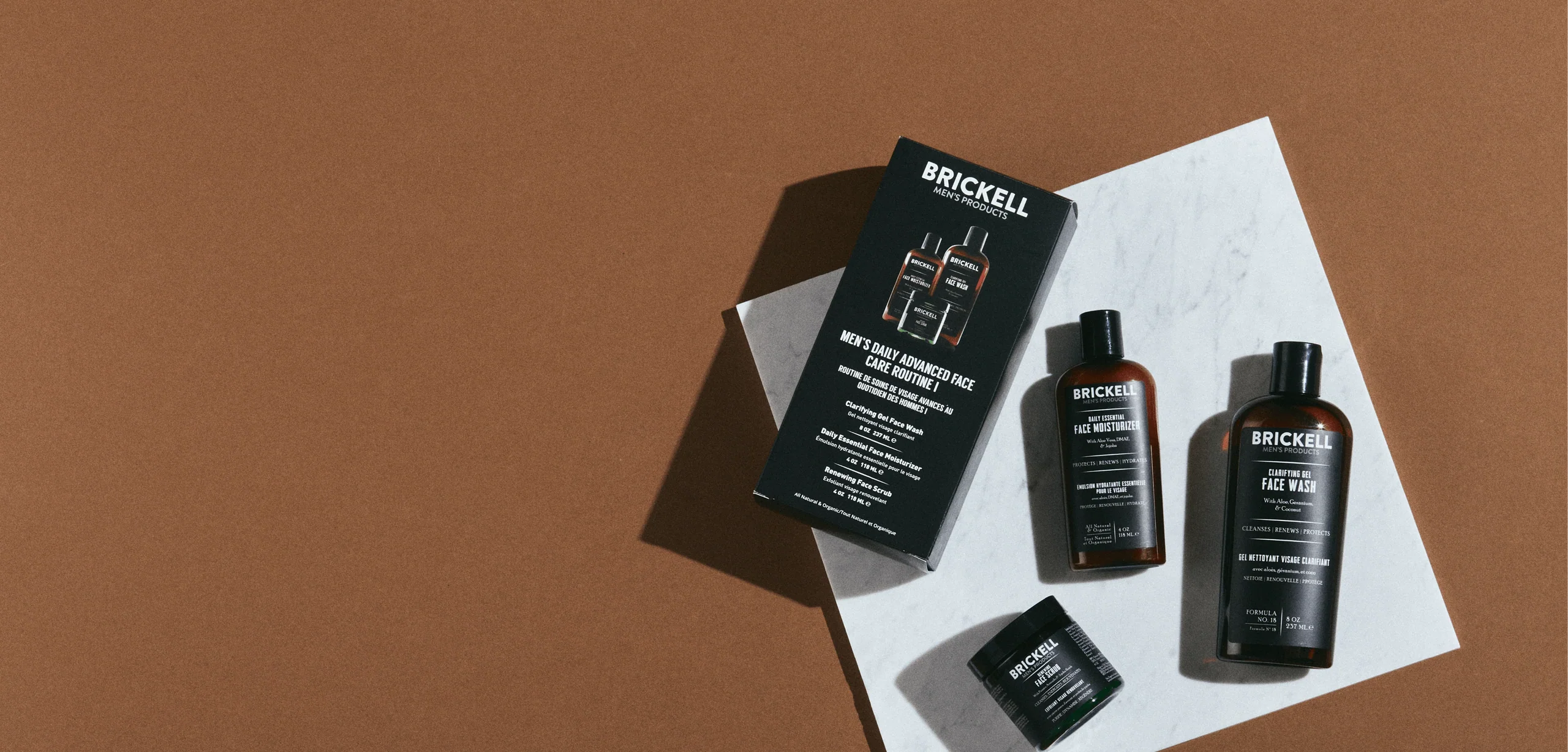The Grooming Manual
Serums vs. Creams: What's the Difference?

You are probably aware that there are tons of benefits to a great skincare routine - and that a rinse-and-repeat situation just won’t cut it if you want clear, even-toned skin. That said, it can still be confusing to understand exactly what steps you need and what’s the difference between your go-to skincare products.
One of the questions we get most frequently? "What's the difference between serums and creams?"
What do they each do? Do you need both?
Here’s everything you need to know.
Where Creams and Serums Fit in Your Routine
First things first: where do these fit in the big picture of your skincare routine? For most guys, your daily skincare routine should include these products, in this order:
- Cleanser
- Toner (very nice to have, but we get it if you want to skip this step)
- A mask or exfoliating treatment (if you’re using one that day)
- Serum
- Moisturizer/face cream
Serums and creams are your two final steps. So what’s the difference and why does serum go first?
The Skinny on Serums
The differences between creams and serums are all about formulation. Serums have:
- Fewer moisturizing ingredients that keep water from evaporating
- A higher concentration of active ingredients
- Fewer lubricating and thickening agents
This makes them thinner and more liquid than their cream counterparts. And the higher concentration of active ingredients makes serums more effective at targeting specific skincare concerns.
In other words, you want these in your routine to resolve a particular skin problem that you’re having. Look specifically for serums with active ingredients like:
- Protein peptides: Collagen is the main structural protein of the skin, helping to maintain the plumpness and elasticity of your appearance. As we age, we naturally lose collagen. Adding peptides into your daily skincare routine can support the skin's structure and slow the visual aging process.
- Hyaluronic acid: A mega-humectant, hyaluronic acid works like a magnet, pulling water from the environment into your skin. This makes it an excellent active for people with dry, dehydrated, or sensitive skin.
- Vitamin C: An MVP antioxidant, vitamin C can stop free radicals in their tracks, decreasing skin damage, fighting inflammation, and decreasing skin redness and irritation over time.
- Glycolic acid: AHAs like glycolic acid (or a BHA like salicylic acid) are excellent, gentle chemical exfoliants that work to gently buff away dead skin cells, renew dull skin, banish breakouts and more.
You can find them all in our day and night serums. Or go with our targeted booster serums that tackle one specific skin concern - such as dryness or wrinkles.
Facts About Face Creams
Face creams and moisturizers, on the other hand, are generally oil-based and thicker than their serum counterparts -- and they usually contain a mix of moisturizers, nutrients, and protection. Because of this formulation, creams work well to moisturize and protect the skin, providing a barrier against the elements and sealing in the active ingredients from your serums and your other previous steps.
You’ll want to look for creams and moisturizers with proven hydrating and protective ingredients like:
- Hyaluronic acid: Again, this powerful humectant can help draw moisture into the deeper layers of your skin.
- Jojoba oil: You’ll also want to make sure that your moisturizer has an emollient or occlusive like jojoba oil. While humectants draw in moisture, occlusives work to actually seal that moisture in. This also helps lock in your actives and provides lasting results.
- Vitamin E: Like vitamin C, this powerful actives works to fight free radicals and prevent wrinkles.
-
Aloe vera: Along with providing gentle, water-based moisture to the skin, aloe vera also contains polysaccharides, vitamins, minerals, and glycosides. Together, these components work to refresh, hydrate, and exfoliate the skin.
Final Thoughts
Overall, it’s important to remember that serums and creams serve two very different purposes, and that both products are key parts of a well-rounded skincare routine.
Find them both in our Advanced Anti-Aging Routine.

